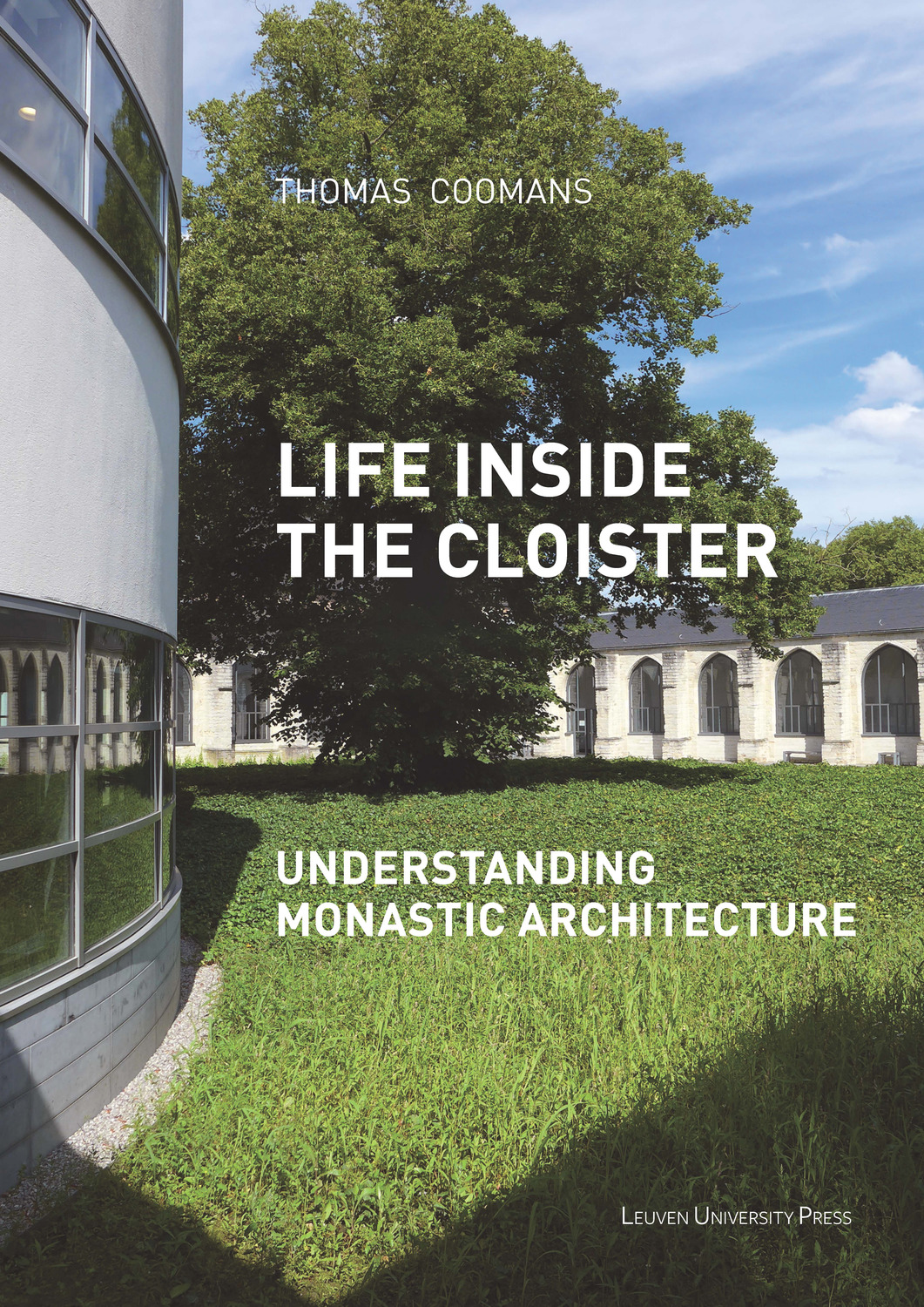
Life Inside the Cloister
Understanding Monastic Architecture: Tradition, Reformation, Adaptive Reuse
Thomas Coomans
Sacred architecture as reality and metaphor in secularised Western society
Christian monasteries and convents, built throughout Europe for the best part of 1,500 years, are now at a crossroads. This study attempts to understand the sacred architecture of monasteries as a process of the tangible and symbolic organisation of space and time for religious communities. Despite the weight of seemingly immutable monastic tradition, architecture has contributed to developing specific religious identities and played a fundamental part in the reformation of different forms of religious life according to the changing needs of society. The cloister is the focal point of this book because it is both architecture, a physically built reality, and a metaphor for the religious life that takes place within it. Life Inside the Cloister also addresses the afterlife and heritagisation of monastic architecture in secularised Western society.
This publication is GPRC-labeled (Guaranteed Peer-Reviewed Content)
Origins. Organising Sacred Space and Time
1. The Cell
Building Types. Identities and Reformations
6. The Abbey
Characters. Embodying the Sacred
15. Place and Stability
Afterlife. Adaptive Reuse and Heritagisation
21. Destruction and Ruins
Conclusion. Tradition, Heritage and the Spirit of the Place
Bibliography
Format: Monograph - ebook
176 pages
101 colour illustrations
ISBN: 9789461662606
Publication: May 17, 2018
Series: KADOC-Studies on Religion, Culture and Society 21
Languages: English
Maria Luísa Jacquinet
https://doi.org/doi
The book is an attractive and useful addition to the introductory literature on western monasticism and its architectures, and is likely to be particularly welcomed by undergraduate students who are as yet largely unfamiliar with the field. It will provide a helpful grounding for those about to tackle such as Wolfgang Braunfels' Monasteries of Western Europe, and who are preparing to launch themselves into developing some understanding of the principles of architectural conservation and adaptation.
Richard Fawcett, The Medieval Review 19.04.08
Gabri van Tussenbroek, Bulletin KNOB 118 (2019) 2, https://doi.org/10.7480/knob.118.2019.2.3854
Thomas Coomans is een expert op het vlak van de religieuze architectuur. Heel zijn kennen en kunnen lijkt me als een soort synthese vervat te liggen in deze prachtige studie.
Christusrex.be, december 2018
This is an authoritative historical review of monastic
architecture which could be recommended for use in undergraduate and taught
postgraduate teaching. The text is written to a high scholarly standard, and
adopts a clear and logical line throughout. It is up to date both in terms of
current questions about the future of these buildings and also in terms of its
consideration of published scholarship about them. From the point of view of a
basic textbook, it is clear, thorough, and comprehensive.
Dr. Timothy
Brittain-Catlin - University of Kent
